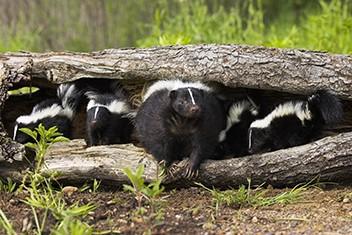Rabies in wildlife
Information about rabies in wildlife, how it’s controlled and what to do if you think an animal has rabies.
The Ontario government is continuing rabies control operations to prevent the spread of rabies and to help keep wildlife, people and pets safe.
Find out more about how we are protecting Ontario and the 2022 rabies control operations.
Overview
Rabies is a dangerous disease which can infect any mammal including humans, pets, livestock and wildlife. Once symptoms of rabies show, it is almost always fatal. If rabies is left unchecked, it can spread at a rate of 50 kilometres per year. Since 1989, we have been working to control and eliminate terrestrial wildlife rabies (raccoon and fox strain rabies) in Ontario.
Today the risk of rabies in Ontario is much lower because we:
- control rabies in wildlife with annual operations
- vaccinate pets
Symptoms of rabies
There are two forms of rabies in animals:
- dumb form
- furious form
Some animals can show signs of both forms.
Dumb form
Animals with the dumb form of rabies may:
- lose their fear of humans
- become depressed and retreat to isolated places
- become partially paralyzed (watch for abnormal facial expression, drooling, drooping head, sagging jaw, strange sounds, or paralysis in the hind limbs that spreads to the rest of the body)
Furious form
Animals with the furious form of rabies may:
- be extremely excited and aggressive
- gnaw at and bite their own limbs
- attack other objects or animals
- be alternately agitated and depressed
Many signs and symptoms of rabies are similar to canine distemper. Co-infection can also happen. This means an animal can be infected with distemper and rabies at the same time.
How rabies spreads
Rabies is a virus that can spread from an infected mammal to any other mammal, including humans, pets, livestock and wildlife.
The virus is found in the saliva and nervous tissue of infected mammals. It can be spread by:
- bites that break the skin
- getting saliva from an infected animal in an open cut, sore, or other wound
- getting saliva from an infected animal in the mouth, nose, or eyes
- direct contact with infected brain or nervous system tissue. For example, through broken skin or mucous membranes in the eyes, nose, or mouth
Wildlife that carry rabies
In Ontario, the most common carriers of rabies are:
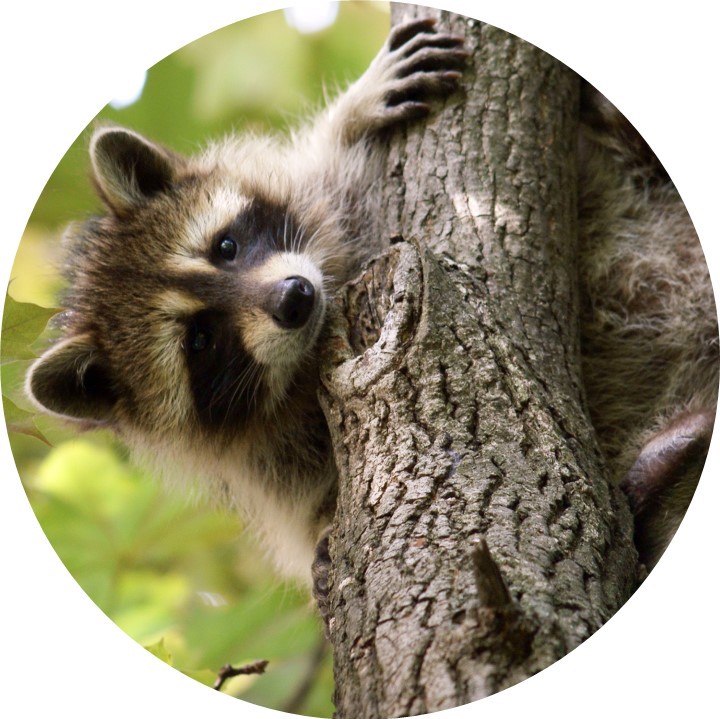
Raccoons
3 rabid raccoons were confirmed in southwestern Ontario in 2020
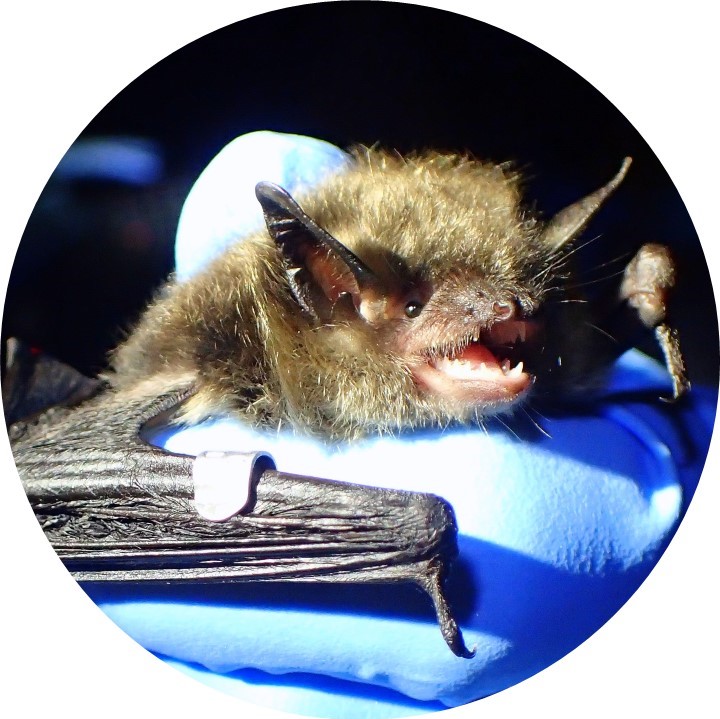
Bats
39 rabid bats were reported in Ontario in 2020
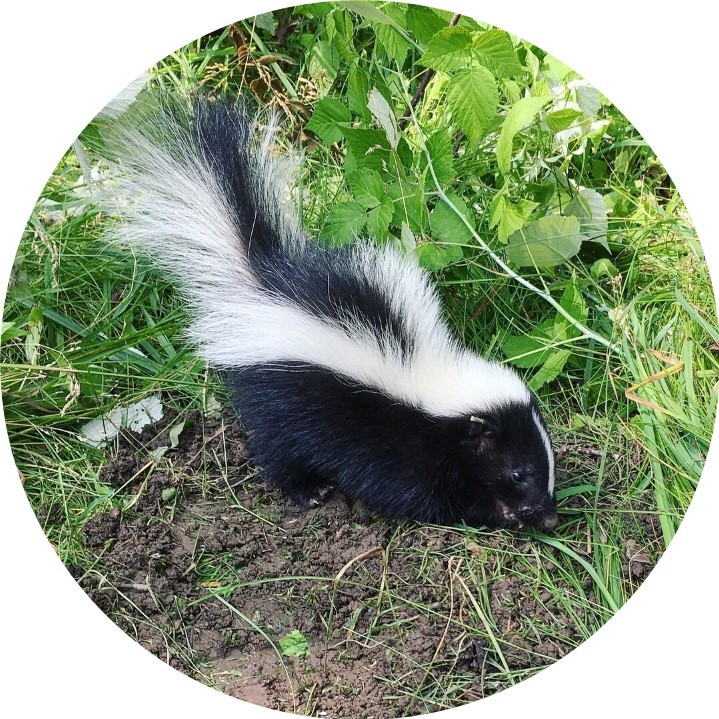
Skunks
7 rabid skunks were confirmed in southwestern Ontario in 2020
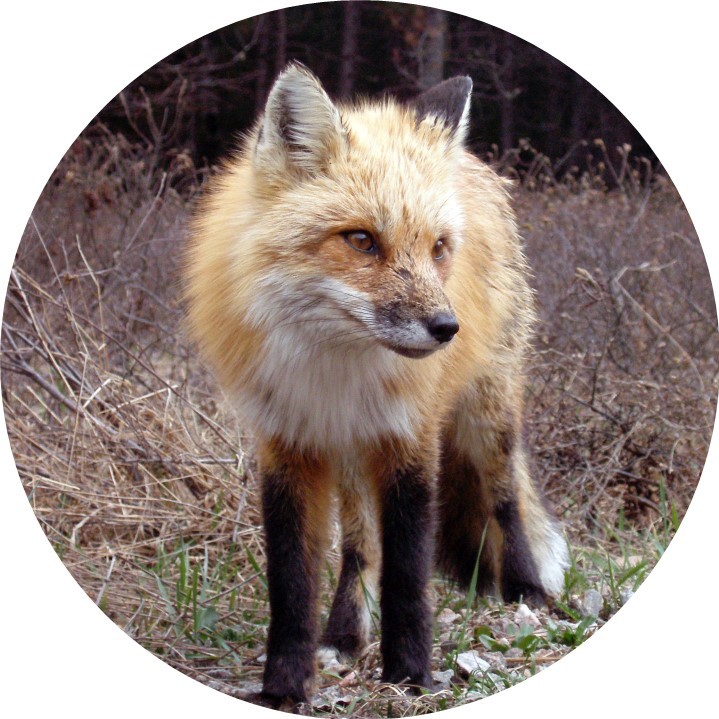
Foxes
No cases of rabid foxes were confirmed in southwestern Ontario in 2020
Other wildlife that have occasionally tested positive for rabies in Ontario are:
- beaver
- black bear
- elk (from a zoo)
- field mouse
- fisher
- groundhog
- hare
- mink
- muskrat
- otter
- rabbit
- weasel
- white-tailed deer
- wild boar (wild released)
Coyotes, wolves and opossums are susceptible to rabies but are rarely infected in Ontario.
Non-mammals, including fish, birds, reptiles and amphibians (such as frogs and toads) can not get rabies.
Read about rabies cases detected in Ontario.
Bats
Bats are common carriers of the rabies virus. Bat rabies persists at low levels across Ontario.
Approximately 5% of all bats that are submitted for testing test positive for rabies. In the overall bat population, this percentage would be much lower.
Currently, there is no efficient way to vaccinate bats against rabies.
To report any unusual bat deaths call:
- Canadian Cooperative Wildlife Health Centre at
1-866-673-4781 . - Natural Resources Information and Support Centre at
1-800-387-7011 .
Learn more about preventing conflict with bats.
Help stop rabies
You can help to stop the spread of rabies by:
- checking your cargo, truck, boat and trailer for stowaway wildlife like raccoons, especially if you’re leaving the United States
- removing food sources around your home that might attract wildlife, including pet food
- contacting local animal control if you find a wild animal in your truck or cargo
- not releasing wildlife without approval from NDMNRF
- never trapping and relocating wildlife. It’s important to never move wild animals more than one kilometre
Photo credit: Carol Gregory
Descriptive transcript: Can wild animals be moved or relocated
Report a rabid animal in the wild
If you suspect a wild animal may have rabies:
- if humans have been exposed, report the incident to your local health unit, doctor or local emergency department
- if a domestic animal has been exposed, call your veterinarian
- if you are a veterinarian and need help assessing whether an animal has been exposed to rabies, check out the Ontario Ministry of Agriculture, Food and Rural Affairs (OMAFRA) update that provides a risk assessment flowchart and how to access support online, and call their Agricultural Information Contact Centre at
1-877-424-1300
- if you are a veterinarian and need help assessing whether an animal has been exposed to rabies, check out the Ontario Ministry of Agriculture, Food and Rural Affairs (OMAFRA) update that provides a risk assessment flowchart and how to access support online, and call their Agricultural Information Contact Centre at
- if neither a human nor a domestic animal has been exposed, and the animal is alive and it can be done safely, confine the animal and then call one of the following:
- local police force or OPP detachment (in emergency situations)
- your municipal animal control department (for non-emergencies in urban areas)
- a private nuisance animal control agency in your area (for non-emergencies in urban and rural areas)
- Rabies Information Line at
1-888-574-6656 (for non-emergencies and advice on who to call) - the Ontario SPCA and Humane Society (for sick/injured animals only)
- an authorized wildlife rehabilitator (for sick/injured animals only)
- you can also contact the Ontario Fur Managers Federation for non-emergencies in rural areas
- if neither a human nor a domestic animal has been exposed, and the animal is dead call the Rabies Information Line at
1-888-574-6656 .
Descriptive transcript: What do I do if I suspect an animal has rabies
